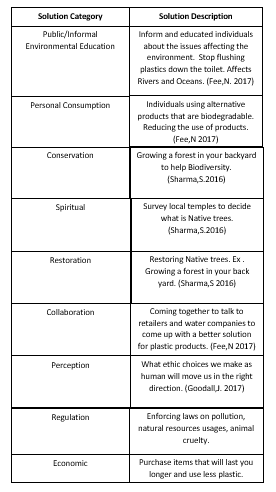Natural Resources surround us every day in whatever environment that we may be in. My concept map is breaks down the natural resources by touch, see and eat. When looking at the map each interconnected will impact a renewable resource or a nonrenewable resource.
Natural resources are broken down into a renewable resource which means that is a source of which it could reproduce, and the nonrenewable resource means that once that it is gone there is no way to replace or remake. Some of the natural resources that are used today could actually be reused and recycled to avoid taking more away from the environment or taking away from the resources that are nonrenewable.
Citations: https://nvcproxy.alamo.edu/login?url=https://video-alexanderstreet-com.nvcproxy.alamo.edu/p/oZvY48GoB

.jpg)

